Chasing the Dakar – Part 1
Many of you have never heard of the Dakar Rally though it’s acknowledged by motor-heads as the greatest off-road race in the world. The Dakar takes its name from the original event in 1979, which ran from Paris to Dakar, Africa. Paris was dropped from the name some time ago and then the race came to South America last year because it became too dangerous to race in Africa.
 Changing venues because of danger is ironic given the Dakar’s reputation as the most dangerous race in the world. It’s not uncommon to have at least one competitor killed each year. It’s also dangerous for spectators as they like to stand right next to the course watching racers speed by. This year, five spectators have been killed and one motorcyclist is in critical condition.
Changing venues because of danger is ironic given the Dakar’s reputation as the most dangerous race in the world. It’s not uncommon to have at least one competitor killed each year. It’s also dangerous for spectators as they like to stand right next to the course watching racers speed by. This year, five spectators have been killed and one motorcyclist is in critical condition.
For those who follow motorsports, the Dakar is recognized as the toughest as well as the most dangerous motor race in the world because it takes place over fifteen days and covers almost 6000 miles of the toughest terrain known to man, woman or child. Notice I didn’t say “road” as most of the competition take place off road in horrid sand dunes, mountain passes and just plain bad territory. One measure of its toughness is that more than half of the 500-750 entrants each year don’t even make it to the finish line.
The race part of the event is only one of its challenges as the logistics of moving a caravan of competitors, support personnel, mechanics, and media from one daily finish line to the next would challenge the Army Corps of Engineers. This caravan criss-crosses Argentina and Chile, causing a ripple of excitement and activity through every little (and large) town it passes through. Competitors start each day early in the morning (motorcycles first, then ATVs, cars, small trucks and then the BIG trucks), race hundreds of miles through mountains and desert only to have to drive another couple hundred miles on main roads to the nightly camp site. There, they set-up camp, repair the vehicle, catch a shower and a meal, and fall asleep in a tent (everyone sleeps in tents — no RVs!). This happens every day for fifteen days with only one day of rest.
Why am I telling you all of this? Well. I joined a tour of ten other motorcyclists and spent two weeks following the Dakar circus from town to town in Argentina and Chile. My pitch to Karen was this would be a good scouting trip for our Big Trip. She saw through that immediately and called a spade a spade — I wanted to go ride a motorcycle in South America and the Dakar race was a good excuse. The old saying, “be careful what you wish for,” has new meaning to me now.
Here’s the report of my two weeks chasing The Dakar.

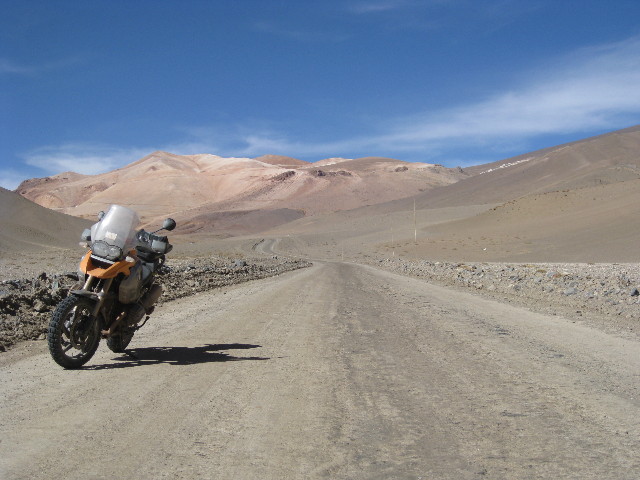
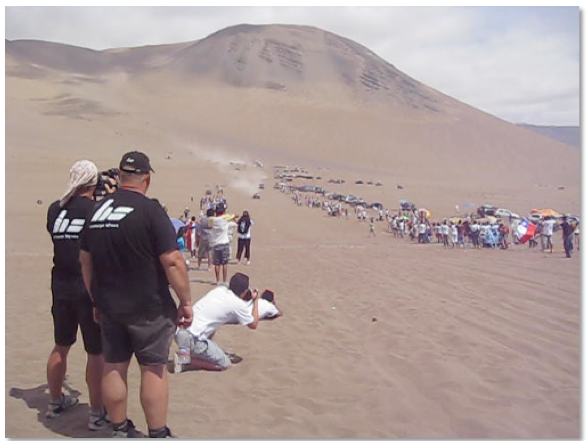
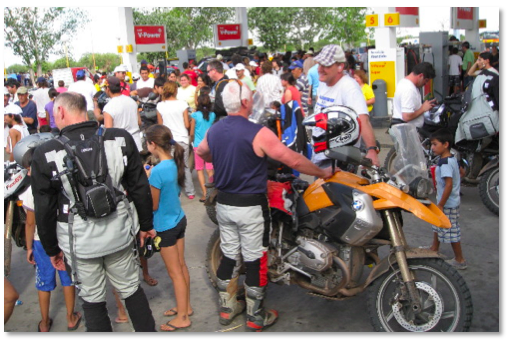
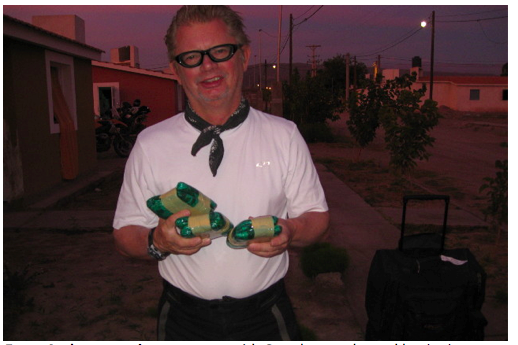
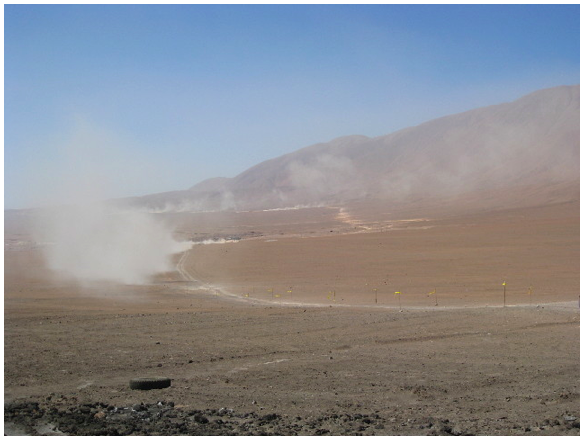
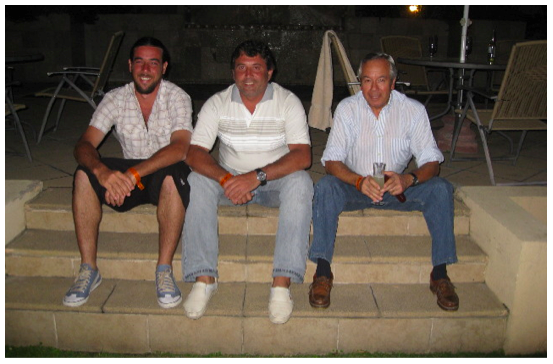
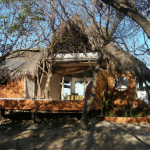
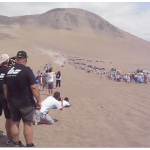
Leave a Reply
Want to join the discussion?Feel free to contribute!